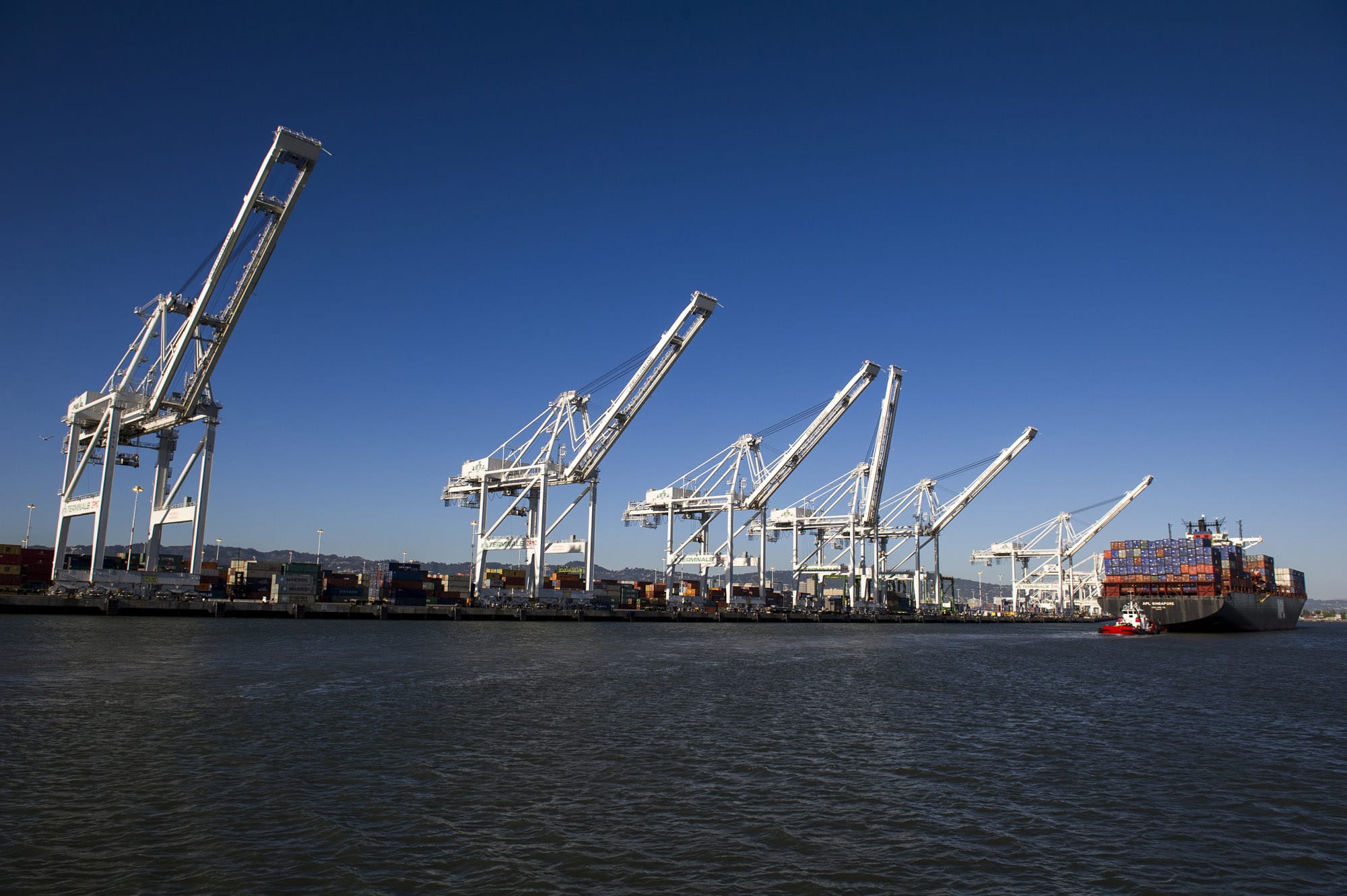SAN FRANCISCO — Bowie Resource Partners wanted to export coal from the port of Oakland, Calif., promising thousands of construction jobs and a $3 million-a-year payroll in a city whose unemployment rate was almost double the national average.
Oakland’s response: No, thanks.
“We weren’t going to sell our souls here,” Jack Fleck, a retired engineer and Oakland resident who spoke out against Bowie’s plan, said by phone May 12. “Whatever the economic benefit would’ve been, it wasn’t worth destroying the planet over.”
Oakland’s rejection marks a sea change in the fight against coal exports from the U.S. and underscores an emerging challenge for energy projects. The Sierra Club and other environmental groups have scuttled three of six coal terminals proposed in the Pacific Northwest that would have shipped as much as 146 million metric tons annually to booming markets in Asia.
Where coal projects were once fought on the grounds of local impact, opponents are uniting behind a cause more global in nature: climate change.
The battle foreshadows future challenges made against energy projects as U.S. policymakers and regulators consider lifting a decades-old ban on oil exports and decide on permits to send natural gas abroad.
While U.S. coal demand has slid to the lowest level in 24 years, it’s the world’s fastest-growing energy source, forecast to rise 2.3 percent a year through 2018 and is the second-largest source behind oil, according to the Paris-based International Energy Agency.
China will keep importing coal and much of it will come from U.S. mines via Canadian ports where companies including Westshore Terminals Ltd. and Ridley Terminals Inc. are sending as much as 3.76 million tons a month abroad. Europe, where half of U.S. coal exports go, brought in 14.9 million tons in the fourth quarter, up 4 percent from the prior three months.
China imported about 360 million tons last year and is expected to increase its reliance on the fuel by 54 percent by 2035, according to a Feb. 27 ICF International Inc. report. The country has 558 gigawatts of new coal-fired power plant capacity in the works, the report shows.
“Like it or not, the coal is here to stay for a long time to come,” Keisuke Sadamori, the director for energy markets and security at the IEA, said in a Jan. 29 presentation at the Center for Strategic & International Studies in Washington.
Still, China’s efforts to curb pollution may slow exports from the U.S. The world’s largest carbon emitter last month passed the biggest changes in 25 years to its environmental protection laws, outlining plans to punish polluters more severely.
Oakland’s rejection of Bowie’s coal terminal proposal cited concern that “stem primarily from issues of fugitive dust and climate change.” In deciding against the project, the city’s port directors turned down a one-time $3 million payment and as much as $19 million a year in rent.
Northwest in spotlight
In Washington state, regulators are considering the climate-change impacts of coal burned at plants in Asia as they decide on a deep-water complex that SSA Marine’s Pacific International Terminals is proposing to ship 48 million tons a year abroad. They’re also looking at the cumulative impacts of SSA’s project and an operation Millennium Bulk Terminals is proposing to export 44 million tons annually.
In Oregon, Ambre Energy Ltd.’s North American subsidiary is facing its seventh regulatory delay as it tries to strengthen its case for an export terminal. It has been seeking permits since 2012.
Wyoming’s Powder River Basin is home to the cheapest and largest reserves in the U.S. and the seaborne market has an appetite for it, James Wang, an energy research associate at ICF in Fairfax, Va., said in a May 12 phone interview.
“It is hard to conceive that the federal government would ignore the inevitable consequences,” they said. “These steps are needed for the U.S. to make sound decisions as the international demand for the coal resources in the U.S. continues to grow, and to ensure that we do not simply pass these tough issues on to future generations.”



